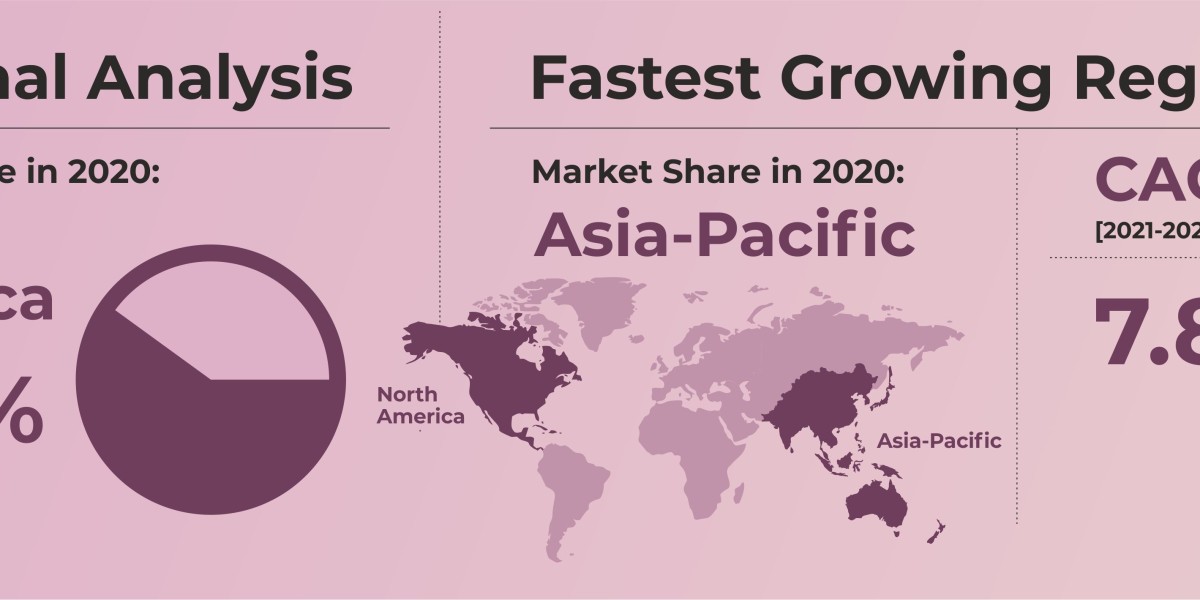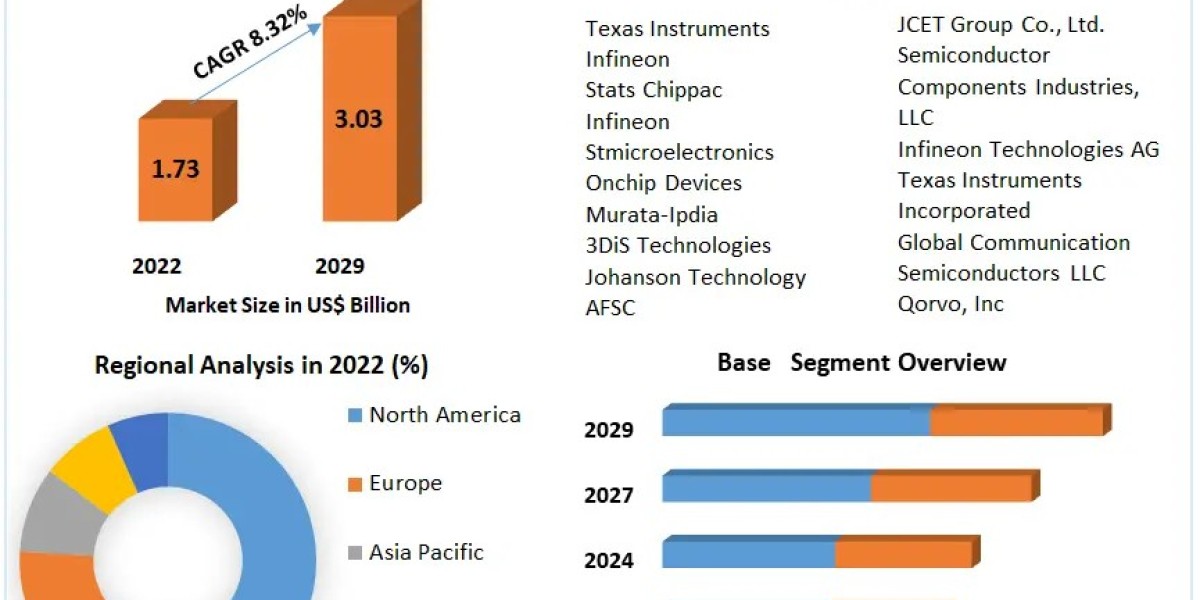According to Stratview Research, the aircraft communication system market was estimated at USD 2.3 billion in 2020 and is projected to grow at an impressive CAGR of 6.3% during 2021-2026 to reach USD 3.2 billion in 2026.
The digital age has ushered in an era of connectivity, transforming the way we communicate and interact. The aviation industry is no exception, as Aircraft Communication Systems have undergone a significant transformation to meet the demands of the modern world. In this article, we will explore the latest trends in Aircraft Communication Systems, highlighting how technology is shaping the future of air travel and the digital skyways.
Data Link Communication
One of the most prominent trends in Aircraft Communication Systems is the widespread adoption of data link communication. This technology enables digital data exchange between aircraft and air traffic control, improving the efficiency and safety of air travel. Data link communication allows for the transfer of flight plans, clearances, and real-time updates, reducing the reliance on voice communication. By streamlining information exchange, this trend enhances the accuracy and speed of air traffic management.
SATCOM (Satellite Communication)
Satellite communication has become a cornerstone of modern Aircraft Communication Systems. SATCOM systems offer global coverage, ensuring seamless connectivity even in remote regions. These systems provide the backbone for in-flight Wi-Fi, enabling passengers to stay connected during their journeys. SATCOM also plays a crucial role in transmitting critical data, weather information, and real-time updates to aircraft, enhancing situational awareness for pilots and air traffic controllers.
Voice over Internet Protocol (VoIP)
Voice communication in the skies has evolved from traditional analog systems to Voice over Internet Protocol (VoIP). VoIP technology offers clearer and more reliable voice connections, enabling pilots and air traffic controllers to communicate more effectively. VoIP has also reduced the cost of voice communication, making it a cost-effective choice for airlines and aviation authorities.
Multimodal Communication
Aircraft Communication Systems are increasingly adopting multimodal communication capabilities. This means that aircraft can communicate through a combination of voice, data link, and text-based messaging. Multimodal communication enhances flexibility and redundancy, ensuring that aircraft can maintain contact with ground control even in challenging conditions or congested airspace.
Enhanced Surveillance
The integration of enhanced surveillance technology is a significant trend in Aircraft Communication Systems. Advanced surveillance systems, such as Automatic Dependent Surveillance-Broadcast (ADS-B), provide accurate and real-time aircraft position information. This trend enhances air traffic management, reduces the risk of mid-air collisions, and supports more efficient flight routes.
Cybersecurity Measures
As Aircraft Communication Systems become more digital and interconnected, cybersecurity has become a top priority. Ensuring the security and integrity of communication systems is vital to protect against cyber threats and data breaches. The aviation industry is investing in robust cybersecurity measures to safeguard the integrity of communication networks and sensitive data.
Transition to IP-Based Networks
Aircraft Communication Systems are transitioning to Internet Protocol (IP)-based networks. This shift allows for the seamless integration of various communication channels, data links, and applications, creating a unified and efficient communication ecosystem. IP-based networks are more adaptable to future technological advancements and allow for the development of innovative applications and services.
Conclusion
The trends in Aircraft Communication Systems are not only enhancing the safety and efficiency of air travel but also transforming the passenger experience. Passengers can now stay connected during flights, thanks to in-flight Wi-Fi, while pilots and air traffic controllers benefit from more accurate data and real-time updates. As technology continues to advance, the digital skyways will become even more connected, efficient, and secure, shaping the future of air travel and providing a glimpse into the limitless possibilities of Aircraft Communication Systems.








